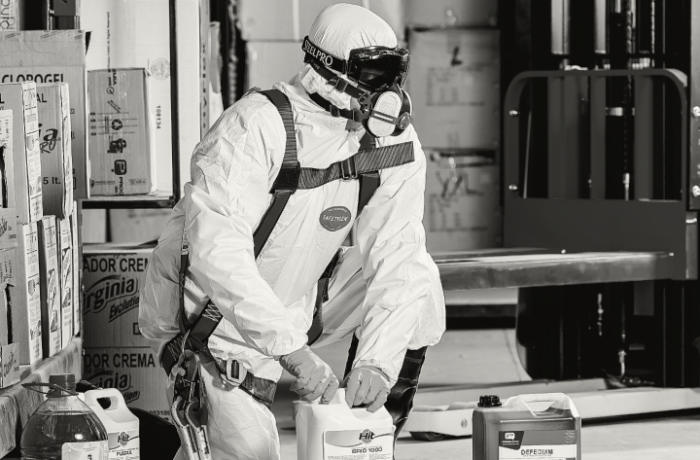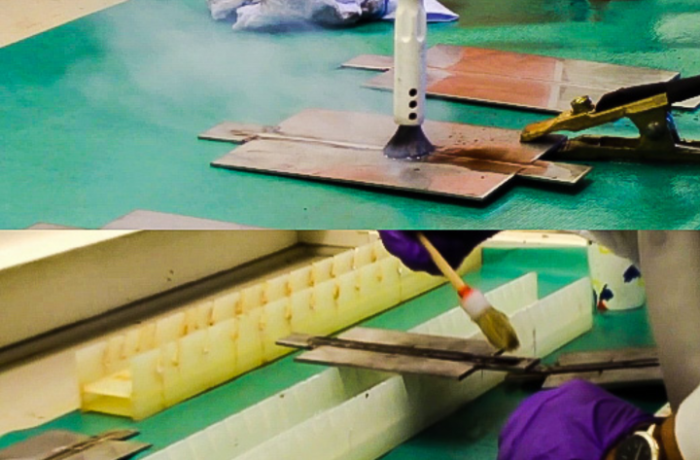5 Reasons to Drop Pickling Paste Right Now
Weld cleaning | Thursday, 17 May 2018
5 Reasons to stop using pickling paste.
For a long time, the post-weld treatment of stainless steel surfaces was a painstaking job and often included the use of dangerous chemicals (e.g. pickling paste).
The development of more advanced and better solutions has somewhat reduced the use of these chemicals, but they are still widely utilized within the metalworking sector.
We have recently invested a lot of effort to shed more light on this issue and to identify the major drawbacks of using pickling paste.
In case you missed our earlier posts about the shortcomings of chemical pickling, here are 5 solid reasons to drop this weld cleaning method now:
1. Safety risks
The safety risks associated with the use of pickling chemicals cannot be emphasized enough.
Two main acid types contained in the pickling paste (hydrofluoric and nitric) are extremely dangerous for your internal organs, skin, bones, and respiratory system.
Inhalation of vapors or direct contact with pickling acids can lead to a range of short and long-term harmful effects on your body.
The worst part is that the consequences can often be felt only 24 hours after contamination. Other serious health issues, such as lung cancer, can appear years later.
How about the environment?
Well, let’s just say that strict regulations on wastewater disposal after chemical cleaning have been given for a reason.
2. Process complexity
There are two main factors that affect the complexity of using the pickling paste.
Firstly, chemical pickling can only be done by trained individuals.
Pickling is by no means an activity to be done by just anybody within your company – the risks are too high.
Secondly, a full-body cover is a must at all times whilst using pickling paste. Due to all dangers associated with chemical pickling, every inch of your body must be protected and secured.
Complexity is further increased with infrastructural limitations related to the use of pickling paste.
Application of pickling chemicals is carried out by brush, spray, or by submerging metal parts in specially constructed baths.
For obvious safety risks, the pickling process should always be limited to a controlled and restricted area within your production facility. Thus, the on-site application is never or rarely a suitable option.
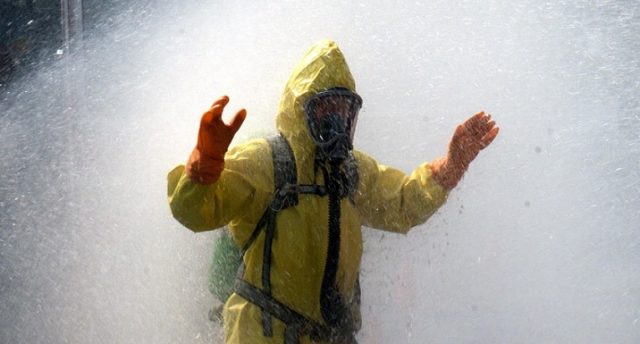
3. Cost inefficiency
Cost efficiency should always be your number one concern with any type of production – industrial metal processing is no exception.
As explained above, there is an overwhelming number of complexities associated with chemical pickling. They all negatively affect your bottom line.
Due to strict regulations, plenty of metalworking workshops are forced to outsource their weld cleaning which extends lead times and negatively affects the supply chain agility.
Infrastructural improvements are also an option but there is no guarantee that this will pay off in the long run.
Bringing your weld cleaning in-house can secure numerous cost benefits to your business and you don’t have to worry about all the downsides of chemical pickling. We explain this in more detail below.
4. Surface (re)passivation not guaranteed
Using strong chemicals to remove impurities after welding can be quite effective.
But this is only half of the weld cleaning process.
As we explained here, stainless steel is characterized by its chromium-rich passive layer that protects the interior structure from atmospheric elements (air, moisture) and stops the formation of rust.
During different types of industrial fabrication, the passive layer often gets damaged which reduces the otherwise excellent anti-corrosion properties of stainless steel.
Chemical pickling can remove different types of impurities that appear after welding but there is no guarantee that the protective passive layer will be fully restored. This can be due to the operator not evenly applying the paste, and this is only shown at the end of the pickling process when the paste is washed away.
5. Strict legal regulations
Due to the presence of harmful acids, the use of pickling chemicals is often strictly regulated by law.
The regulation applies to all aspects of the process including protective safety measures, ways of application, waste disposal, and production site preparation.
However, even with the application of all regulations, chemical weld cleaning is not appropriate at all times.
Namely, the pickling paste is rarely recommended when it comes to steel constructions intended for use in the food & drink industry (e.g. storage tanks).
Additionally, the cleaning of drinking water piping is another distinguishable example.
Is there an alternative?
The pickling paste has for a long time been the cheapest and the fastest weld cleaning option on the market. In addition to this, more advanced methods are only recently starting to gain momentum.
This explains why chemical cleaning is still widespread in the metalworking industry.
But which method serves as a better alternative?
Electrochemical weld cleaning can provide even faster and more effective results but poses no threat to your health and the environment.

You can read more about the electrochemical method here.
Electrochemical weld cleaning VS Chemical pickling
- Safety – Electrochemical weld cleaning machines utilize electricity and food-grade phosphorus-based acids to clean stainless steel welds and surfaces. The acids are mild and not harmful to your health.
- Process complexity – Electrochemical cleaning is a simple process and requires no extensive training. Most electrolytic machines can be effortlessly used off- and on-site. Additionally, electrochemical weld cleaning equipment can be adjusted for electropolishing and marking as well.
- Cost efficiency – Electrolytic weld cleaners are highly affordable, meaning you don’t have to make significant investments to achieve optimal and consistent results. The purchase of inexpensive consumables is the only recurring cost. You can easily simplify your production and clean all types of stainless steel welds in-house.
- Passivation – Most electrochemical machines will clean and passivate the surface at the same time so you don’t have to worry about the re-formation of rust and other impurities.
- Legal regulations – There are no legal obstacles to using electrochemical weld cleaners in different production situations. With no safety hazards associated with it, electrolytic cleaning is recommended for steel surfaces that will be in direct contact with food and water.
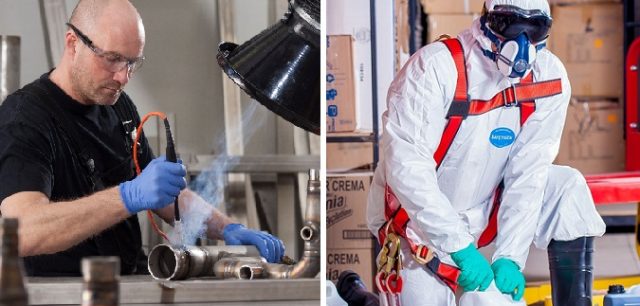
Cougartron – The peak of weld cleaning technology
Cougartron is one of the pioneers in producing advanced solutions for fast and safe stainless steel weld cleaning.
We offer a wide range of machines and equipment to suit different production requirements – from entry-level weld cleaners to high-powered systems for heavy-duty work.
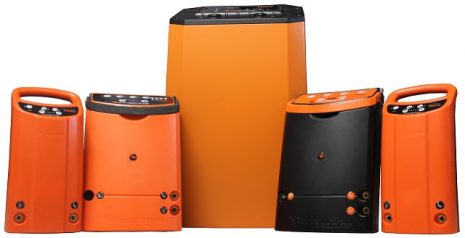
Need help with finding a pickling paste alternative?
If you wish to know more about the negative aspects of chemical pickling or if you need help with a specific challenge related to your production and looking for a pickling paste alternative, contact us now for a consultation – we are always ready to give you the best weld cleaning advice!
Loading...
Please wait while the form loads.


 English
English  English (US)
English (US)  German
German  Danish
Danish  Swedish
Swedish  French
French  Polish
Polish  Spanish
Spanish 